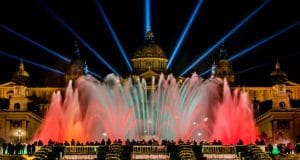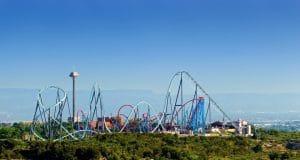Barcelona City Guide is your travel guide for Barcelona as we show you what to do when visiting Barcelona. Find out about the best attractions to visit in Barcelona such as The Sagrada Familia by Gaudi, Montjuïc Park, the famous La Rambla street and also the best places to visit outside Barcelona. We tell you about the very best attractions to visit in Barcelona and how to get there. This website has been created in Spain by local experts and tourist guides with a great expertise in all the historic and best attractions in Barcelona. Your complete travel guide for Barcelona in a single website.
Contact us: barcelona@barcelona-cityguide.com
© Copyright 2024 Barcelona City Guide website & Barcelona City & tourist Guide App.
Barcelona travel guide - Barcelona city guide - Barcelona tourist information - Barcelona travel blog - Barcelona app - Barcelona travel website - City guide for Barcelona - Barcelona guide
































